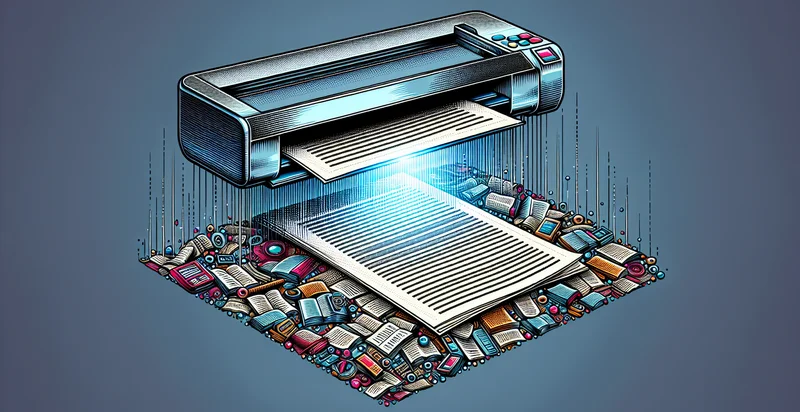Identify jointer conditions
using AI
Below is a free classifier to identify jointer conditions. Just upload your image, and our AI will predict the appropriate jointer conditions for the given images - in just seconds.

Contact us for API access
Or, use Nyckel to build highly-accurate custom classifiers in just minutes. No PhD required.
Get started
import nyckel
credentials = nyckel.Credentials("YOUR_CLIENT_ID", "YOUR_CLIENT_SECRET")
nyckel.invoke("jointer-conditions", "your_image_url", credentials)
fetch('https://www.nyckel.com/v1/functions/jointer-conditions/invoke', {
method: 'POST',
headers: {
'Authorization': 'Bearer ' + 'YOUR_BEARER_TOKEN',
'Content-Type': 'application/json',
},
body: JSON.stringify(
{"data": "your_image_url"}
)
})
.then(response => response.json())
.then(data => console.log(data));
curl -X POST \
-H "Content-Type: application/json" \
-H "Authorization: Bearer YOUR_BEARER_TOKEN" \
-d '{"data": "your_image_url"}' \
https://www.nyckel.com/v1/functions/jointer-conditions/invoke
How this classifier works
To start, upload your image. Our AI tool will then predict the appropriate jointer conditions for the given images.
This pretrained image model uses a Nyckel-created dataset and has 6 labels, including Excellent Condition, Fair Condition, Good Condition, Poor Condition, Very Good Condition and Very Poor Condition.
We'll also show a confidence score (the higher the number, the more confident the AI model is around the appropriate jointer conditions for the given images).
Whether you're just curious or building jointer conditions detection into your application, we hope our classifier proves helpful.
Related Classifiers
Need to identify jointer conditions at scale?
Get API or Zapier access to this classifier for free. It's perfect for:
- Fraud Detection in Financial Transactions: The 'jointer conditions' identifier can be used to classify images of transaction receipts and documents, identifying falsely altered or fraudulent images. By automating the review process, financial institutions can enhance their fraud detection capabilities and reduce losses from deceptive practices.
- Quality Control in Manufacturing: In a manufacturing environment, the function can assess images of products to determine if they meet quality standards. By detecting false representations of quality, companies can maintain consistent standards and improve customer satisfaction.
- E-commerce Product Verification: E-commerce platforms can utilize this function to verify that product images uploaded by sellers match the actual items being sold. This helps in maintaining a trustworthy marketplace and preventing fraudulent listings that mislead consumers.
- Medical Imaging Analysis: In healthcare, the identifier can classify and analyze medical imaging to detect image alterations that could lead to misdiagnosis. By ensuring the integrity of diagnostic images, healthcare providers can enhance patient safety and treatment outcomes.
- Social Media Content Moderation: Social media platforms can apply this function to screen user-uploaded images for misleading or falsely edited content. This aids in promoting authentic content and protecting users from misleading visual information.
- Insurance Claims Assessment: Insurance companies can employ the identifier to assess images submitted with claims, identifying any alterations or discrepancies. This capability streamlines the claims verification process and reduces the potential for fraudulent claims.
- Intellectual Property Protection: Companies can use the function to monitor and analyze images shared online for unauthorized use or alteration of their copyrighted material. By detecting false representations of their intellectual property, businesses can take action to protect their brands and assets.


